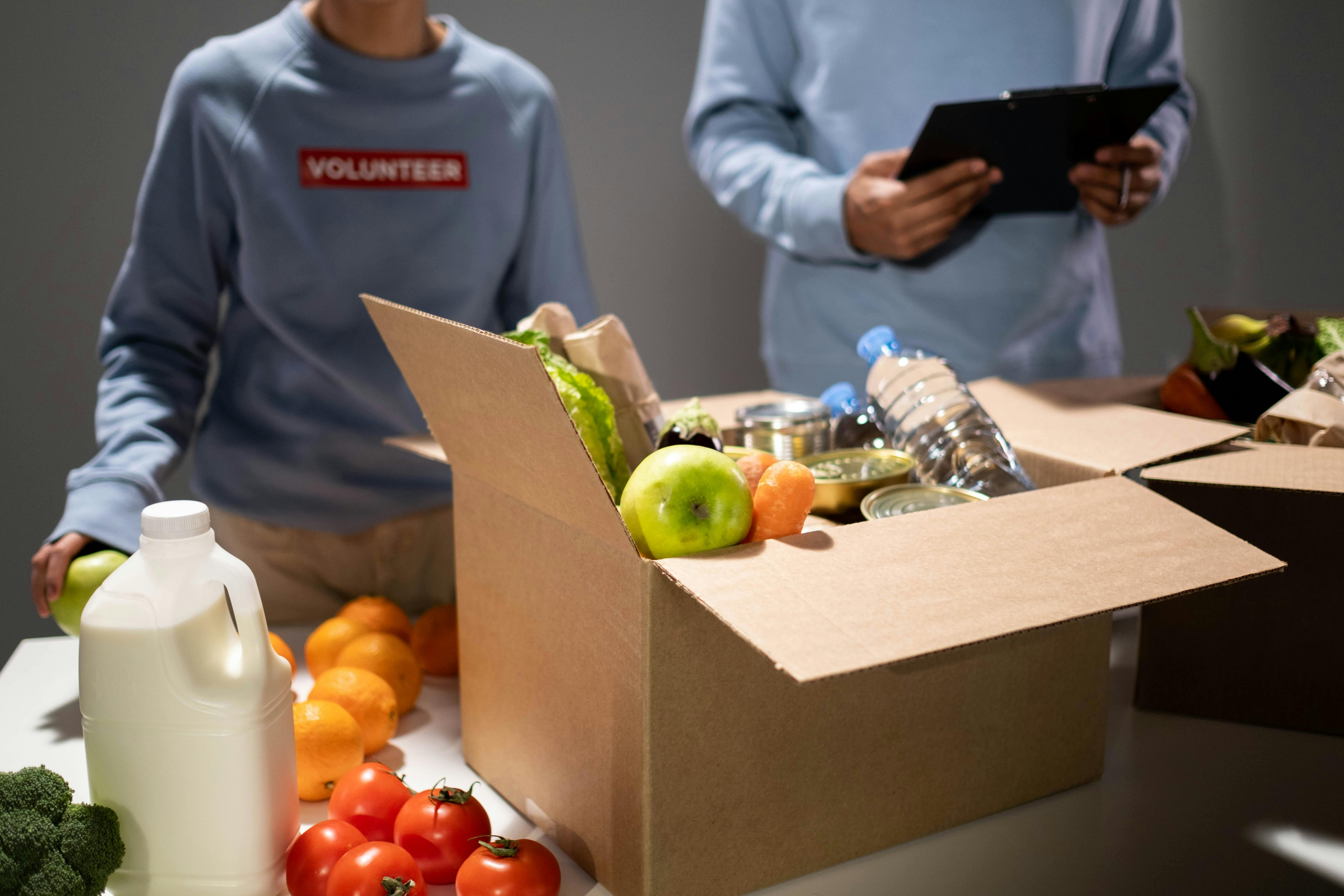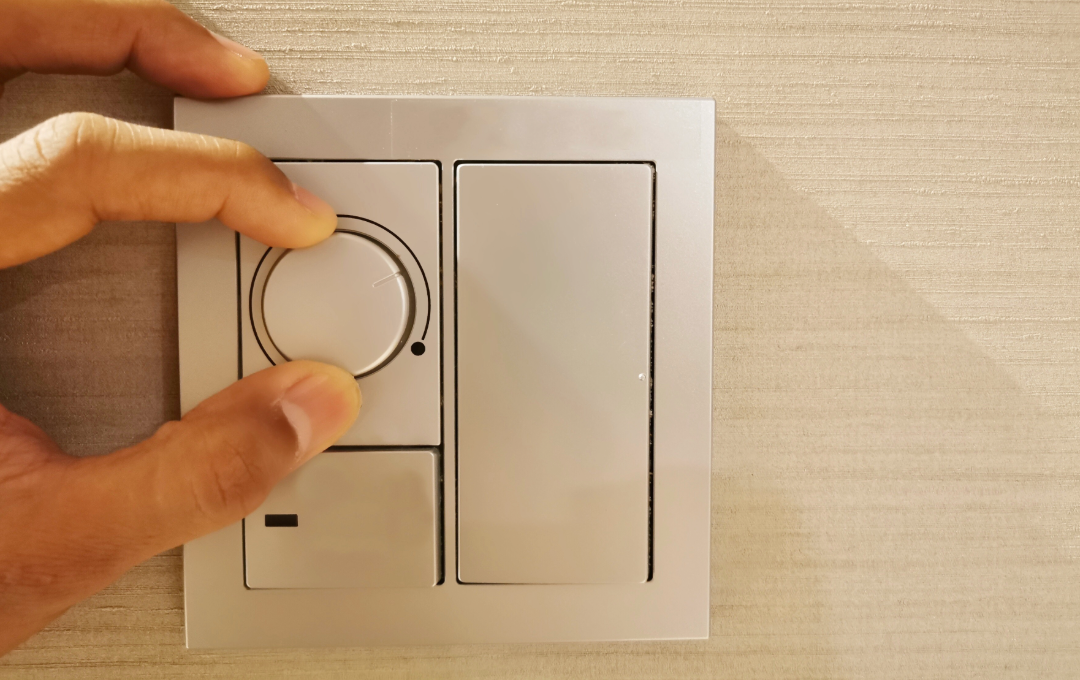Friendly, local, common-sense advice from Chartered Accountants

Accounts year end looming? Need help with your tax return? Just starting a business? Want a friendly service?
Francis & Co are not just here to do your tax return or end of year accounts, nor are we the sort of firm that you only hear from once a year. Our emphasis is on looking at the bigger picture and applying our expertise within the wider context of your business.
We pride ourselves on offering a personalised accountancy service delivered by highly experienced staff, with the knowledge to help you and your business succeed, whilst being down to earth and approachable. You won’t find us over complicating things with accountancy jargon.
We work with clients of all shapes and sizes, so whether you are a well-established business looking for expert guidance, just starting out or need support with your personal finances, we are here to help you. Call us on 01242 370298 or email office@wfrancisandco.co.uk to find out more.














.png)
.png)